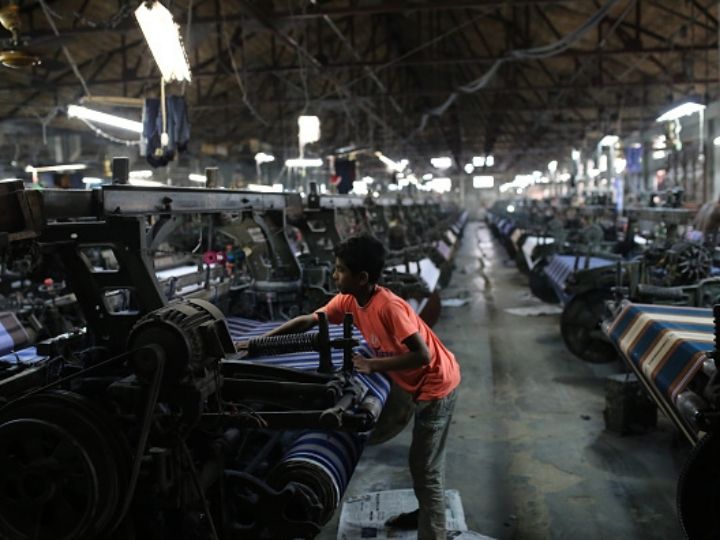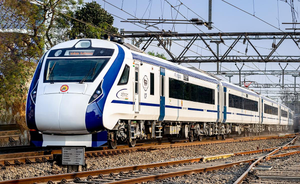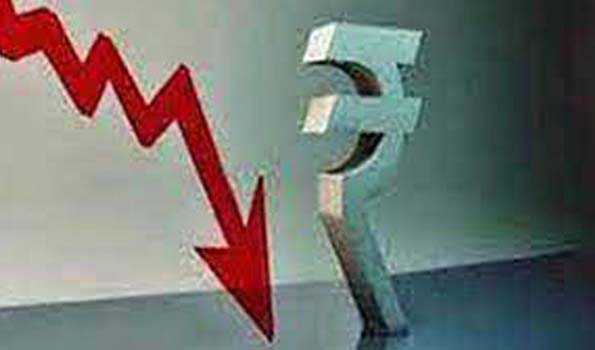Manufacturing PMI Improves To 54.9 In February Amid Favourable Demand

New Delhi, March 2: Signalling strong economic recovery, India’s manufacturing Purchasing Managers’ Index (PMI) improved to 54.9 in February, up from 54.0 in January. A reading above 50 means expansion while the score below reflects contraction in economic activities. As per the monthly survey released by IHS Markit, February PMI data showed improvement in the health of the Indian manufacturing sector as firms responded to strong increases in new work intakes by lifting production, input buying and stocks of purchases. The survey found that output and new orders expanded at accelerated rates in February.
While input price inflation softened to six-month low, business optimism improved to four-month high during the period under review. “The seasonally adjusted IHS Markit India Manufacturing Purchasing Managers’ Index (PMI) was at 54.9 in February, up from 54.0 in January and signalling a stronger improvement in the health of the sector. Growth has now been seen in each of the latest eight months, with the headline figure remaining above its long-run average of 53.6,” IHS Markit said.
It further said that there were some signs of capacity pressures at Indian manufacturers, with backlogs rising marginally. “Despite this, and a pick-up in demand, employment decreased. The overall rate of job shedding was only fractional, however,” said the publisher of the monthly survey. February’s survey showed a further increase in average input costs faced by Indian manufacturers. Purchase price inflation was sharp, but softened to a six-month low. Part of this additional cost burden was passed on in the form of higher selling charges, though the rate of increase was modest.
The survey said that business sentiment improved sharply midway through the quarter, underpinned by business expansion plans, a return to normality and hopes for fruitful marketing. Commenting on the survey results, Shreeya Patel, Economist at IHS Markit said, “Latest PMI data for India’s manufacturing sector revealed an improvement in operating conditions in February. Output and new orders expanded at stronger rates, while buying activity continued.
At the same time, sustained increases in backlogs could lead to higher employment levels in the months ahead should capacity pressures continue.” Noting that there were some concerns that threatened growth, Patel said that costs pressures remained elevated as a result of shortages while delivery times lengthened once again. “For now, India’s manufacturing sector has weathered the storm of the Omicron variant, undoubtedly supported by the relatively high inoculation rate. Moreover, demand conditions showed notable signs of resilience and price pressures somewhat receded,” said Patel.






